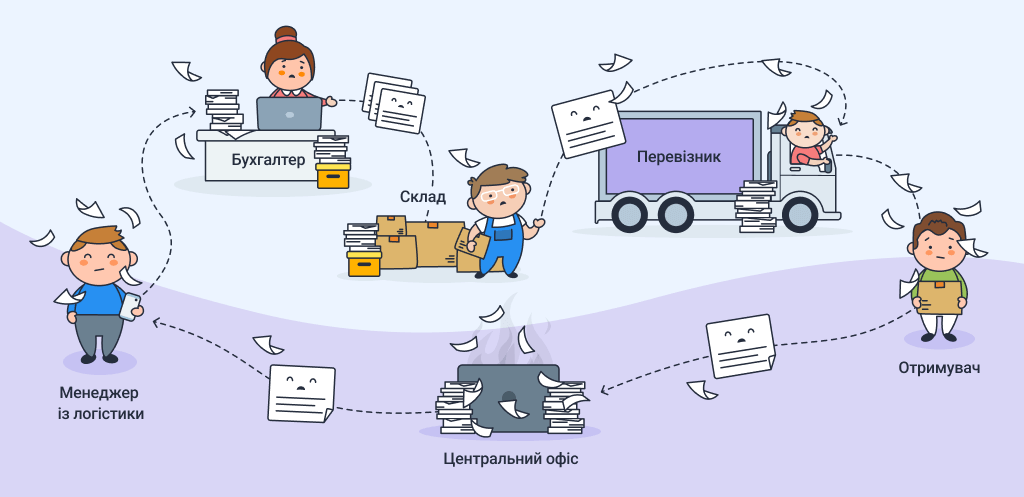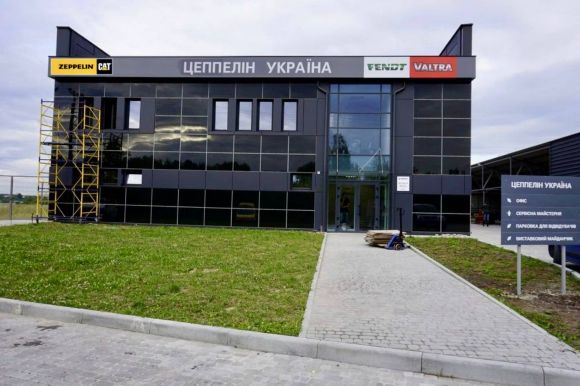
Results of the implementation of electronic consignment notes (eTTN)



What prompted the company to switch to eTTN?
In addition to supplying equipment to customers, Zeppelin Ukraine LLC carries out repairs and maintenance at its own service centers and in the field. To deliver equipment and spare parts to customers, the company used to issue a large number of paper consignment notes.
What did the process of working with paper waybills look like?
The paper waybill path consisted of the following steps:
- The logistics manager would fill out a shipment request.
- The accountant or logistics specialist would prepare the waybill in the ERP system and send it to the warehouse worker.
- The warehouse worker printed out 4 copies of the waybill: one to keep in the warehouse, two for the carrier, and one for the consignee.
- After unloading, the carrier sent one signed copy of the waybill to the company’s headquarters to issue a certificate of completion.

What difficulties did you face when working with paper waybills?
Working with paper waybills created a number of difficulties for the company:
- drivers lost waybills, and the company’s managers had to re-sign them with all the participants in the transportation;
- employees of the central office received unsigned waybills. They were forced to send documents by Nova Poshta for additional signatures;
- if the shipment took place in the field (for example, at agricultural machinery exhibitions), it was impossible to print the waybills. The manager printed them in the nearest town and returned to hand them over to the driver.
In each of these cases, the company spent additional money and time on the preparation and signing of consignment notes. There were often delays in order fulfillment.
Why did the company choose eTTN?
To solve the problems with paper consignment notes and simplify the document flow during cargo transportation, the company started implementation of electronic TTN. This project also became a stage of preparation for the mandatory introduction of eTTN in Ukraine.
For Zeppelin Ukraine LLC employees who draw up documents for the transportation of goods, the transition to eTTN means saving time, transparency, and control over the movement of goods at every stage. All participants in the transportation (shipper, carrier, consignee) see the process in real time and can track and respond promptly to any possible delays.
The eTTN project with the Vchasno.TTN service was developed to make logistics operations more convenient, fast, efficient and modern.
The eTTN implementation team: roles and tasks
The eTTN implementation project at Zeppelin Ukraine LLC started in November 2024. The implementation team included specialists from various departments:
- logistics department specialists — formulated requirements for the process of issuing and signing eTTN, took part in testing;
- IT specialists — integrated the Vchasno.TTN service with the accounting system, set up and provided technical support for the system;
- specialist of electronic document management systems — coordinated the team’s work, conducted testing;
- carrier — joined the pilot stage and signed eTTN in test mode;
- Vchasno specialists — advised employees, provided technical support and training.

How the transition to electronic consignment notes went: stages of implementation
The transition to electronic consignment notes consisted of the following stages:
- Preparatory stage (November 2024)
Vchasno.TTN implementation specialists, together with the company’s employees, analyzed the cargo transportation processes and identified the links where delays and errors most often occur. - Technical implementation (November – December 2024)
The company uses the 1C accounting system to issue consignment notes. Technical specialists integrated it via API with the Vchasno.TTN service to automate the paperwork. - Testing and pilot launch (December 2024 – February 2025)
We conducted training for employees working with the eTTN. The participants tested the functionality, signed documents together with the carrier, and checked the processes in real conditions.
First result
In February 2025, the company successfully signed the first electronic consignment note.

What difficulties were encountered during the implementation process
Problem with tags when uploading documents
Vchasno specialists quickly trained the implementation team to use the Vchasno.TTN service. At the initial stage, when uploading documents to the service, there were difficulties with setting up data for tags. However, Vchasno’s technical support team quickly set up integration with the accounting system and simplified this process.
Lack of electronic signatures of drivers
While testing the service, the implementation team found that most drivers and freight forwarders do not have electronic signatures. To address this issue, the Vchasno team proposed the Vchasno.QES cloud-based electronic signature. It belongs to the Vchasno ecosystem of services. It allows drivers and forwarders to sign an electronic bill of lading in the Vchasno.TTN app within 20 seconds. The likelihood of technical errors is minimized.
Results of the eTTN implementation
After testing, Zeppelin Ukraine LLC identified the following advantages of working with the Vchasno.TTN service:
-
1Speed of data exchangeThanks to Vchasno.QES or signatures from other providers, an electronic waybill can be signed within 20 seconds. This significantly speeds up document processing.
-
2Reliability of information storageElectronic waybills are not lost and always remain at hand in electronic form. This minimizes the risk of delays, fines, and customer dissatisfaction.
-
3Transparency and control of the transportation processCompany managers can track all stages of transportation in real time and respond promptly to any delays — regardless of location.
-
4Digitalization of logisticsAutomated issuance of eB/L in the Vchasno.TTN service allows you to avoid mistakes when processing cargo documents and simplifies the work with documents.
What has changed in practice?
Previously, paper consignment notes could take up to a month to be signed. Now, all signatures are affixed on the day of unloading, which significantly speeds up the document flow and improves customer service.
Prepared for the future
The use of Vchasno.TTN allows the company not only to comply with Ukrainian standards but also to prepare for international transportation using e-CMR.
The transition to eTTN is not just about optimization and automation. It is a strategic step towards working in accordance with European rules and expanding business opportunities.
Want to implement eTTN in your company?
Learn more about Vchasno.TTN, a service for quick and easy transition to electronic consignment notes.






